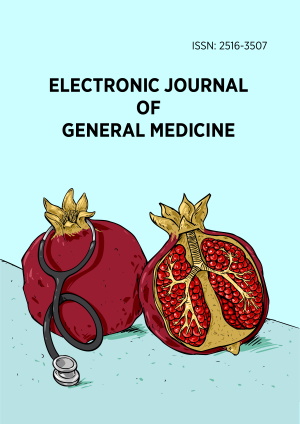Abstract
Objectives: To investigate the genetic diversity and molecular characteristics of methicillin-resistant staphylococcus aureus (MRSA) isolates from healthcare workers in a Jordanian hospital, focusing on the role of the mecA gene in antibiotic resistance.
Methods: A total of 25 staphylococcus aureus isolates were collected from healthcare workers’ skin, nasal passages, and environmental sources. Biochemical tests identified MRSA isolates, and DNA extraction was followed by polymerase chain reaction amplification of the 16SrRNA gene for genetic analysis. The sequences were analyzed using phylogenetic methods, sequence demarcation tool (SDT) analysis, and median-joining network analysis to determine genetic diversity and evolutionary relationships.
Results: Out of the 25 staphylococcus aureus isolates, 10 were identified as methicillin-resistant. Phylogenetic analysis revealed distinct clustering patterns, indicating genetic heterogeneity. SDT analysis highlighted the genetic complexity of the MRSA strains. The median-joining network identified haplotype 1 as the predominant haplotype, underscoring significant genetic diversity. The mecA gene was detected in all MRSA isolates, emphasizing its critical role in methicillin resistance.
Conclusion: The study demonstrates significant genetic diversity among MRSA isolates from healthcare workers in a Jordanian hospital, with the mecA gene playing a vital role in antibiotic resistance. These findings underscore the importance of molecular diagnostics in MRSA detection and the need for targeted infection control strategies to manage antibiotic resistance effectively in healthcare settings.
License
This is an open access article distributed under the Creative Commons Attribution License which permits unrestricted use, distribution, and reproduction in any medium, provided the original work is properly cited.
Article Type: Original Article
ELECTRON J GEN MED, Volume 22, Issue 5, October 2025, Article No: em686
https://doi.org/10.29333/ejgm/16775
Publication date: 01 Sep 2025
Online publication date: 18 Aug 2025
Article Views: 2200
Article Downloads: 1109
Open Access References How to cite this article
 Full Text (PDF)
Full Text (PDF)